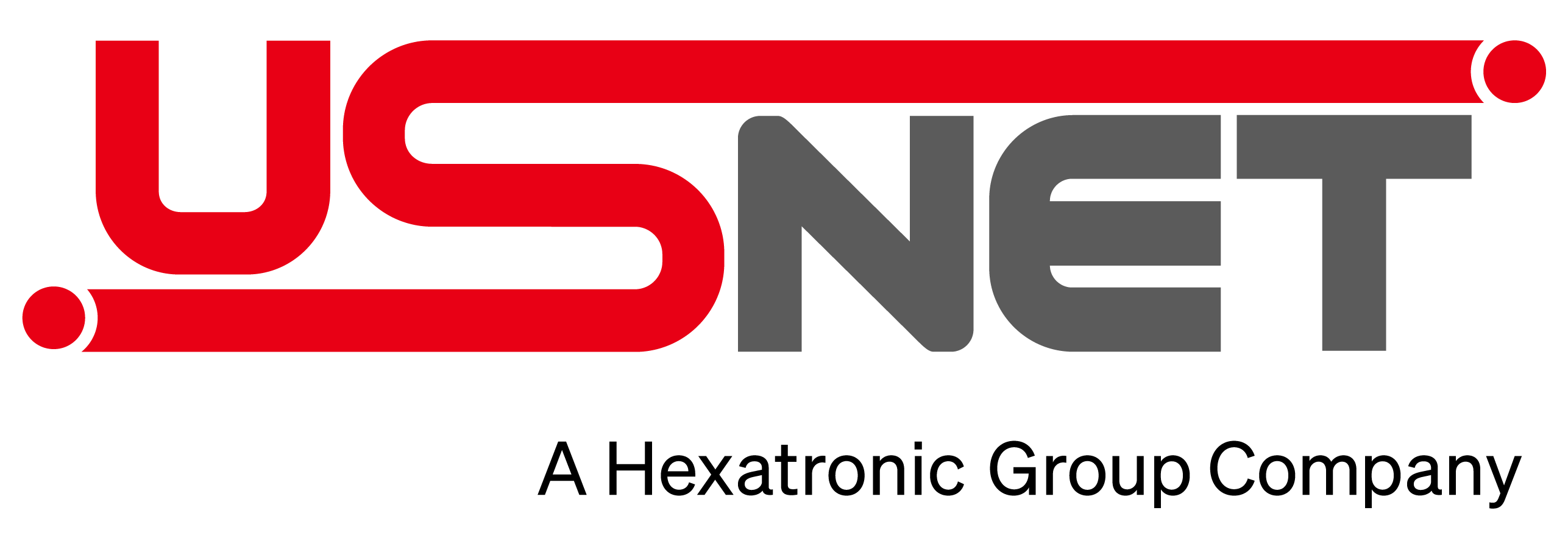
The types of cables and connectors used within data centers have evolved over the years, necessitating a level of standardization and guidelines to ensure optimal performance and predictability. The American National Standards Institute and the Telecommunications Industry Association established a set of guidelines and standards, referred to as ANSI/TIA-568, for structured cabling. With these guidelines in place, teams can create greater stability, scalability, and standardization within data centers.
Stability
Are your applications running slowly? Is it difficult to read an email or load a project? Your data center should be able to handle your company’s daily workload with no problem. If it can’t, you may have a latency issue that requires your cabling system to be upgraded.
The traditional point-to-point cabling system directly connected machines to each other with long fiber cables. With each new technology connection, a new cable must be added. Unfortunately, these longer cable runs not only are cumbersome to maintain — they are also unreliable. As more cables are added, the connections can become overcrowded, causing a slowdown in service. As businesses grow, point-to-point cabling becomes less viable, as they inhibit growth and scalability.
Structured cabling resolves this problem by using short cable runs between patch bays and leveraging a hierarchical system to ensure a more reliable connection.
Scalability
A structured cabling system is designed to scale with the needs of the business. The hierarchy of structured cabling, as outlined in ANSI/TIA-568, includes six components:
- Entrance facilities
- Equipment room
- Backbone cabling
- Telecommunications room
- Horizontal cabling
- Work area
This hierarchy enables teams to quickly and easily add or remove connections to a server through the appropriate distribution area without having to fill a room with dozens of unwieldy cables.
Whether your business experiences a surge in growth or a season of challenges, a structured cabling system enables you to adjust your needs quickly and ensure you’re paying only for what you need.
Structured cabling also helps future-proof your business. As technology evolves, your business will be in the best position to scale along with it.

Standardization
The ANSI/TIA-568 guidelines aim to promote standardization in commercial and residential cabling. With these standards, cabling has clearly defined connector and pin assignments, hardware specifications, and run distances.
There’s a wealth of definitions to be found in the guidelines, all meant to ensure the equipment performs at an optimal level. This has two great benefits:
- Simpler maintenance and repair. Rather than having to find and trace one long cable, technicians can troubleshoot a system in sections, making it much easier to isolate a problem and fix it.
- Ease of equipment procurement. Cables aren’t one-use problem solvers anymore. A cable and a patch bay are specific tools for specific tasks, and your vendor knows where to get them and how to install them.
ISO/IEC 11801 is an international standard that regulates structured cabling systems. These guidelines specify “generic cabling for use within premises, which may comprise single or multiple buildings on a campus. It covers balanced cabling and optical fiber cabling.”
Data centers that leverage structured cabling will experience easier installations and wider flexibility in the technology the equipment supports. Cable management should not be an afterthought — it’s vital to everyday business operations.

Recent Comments